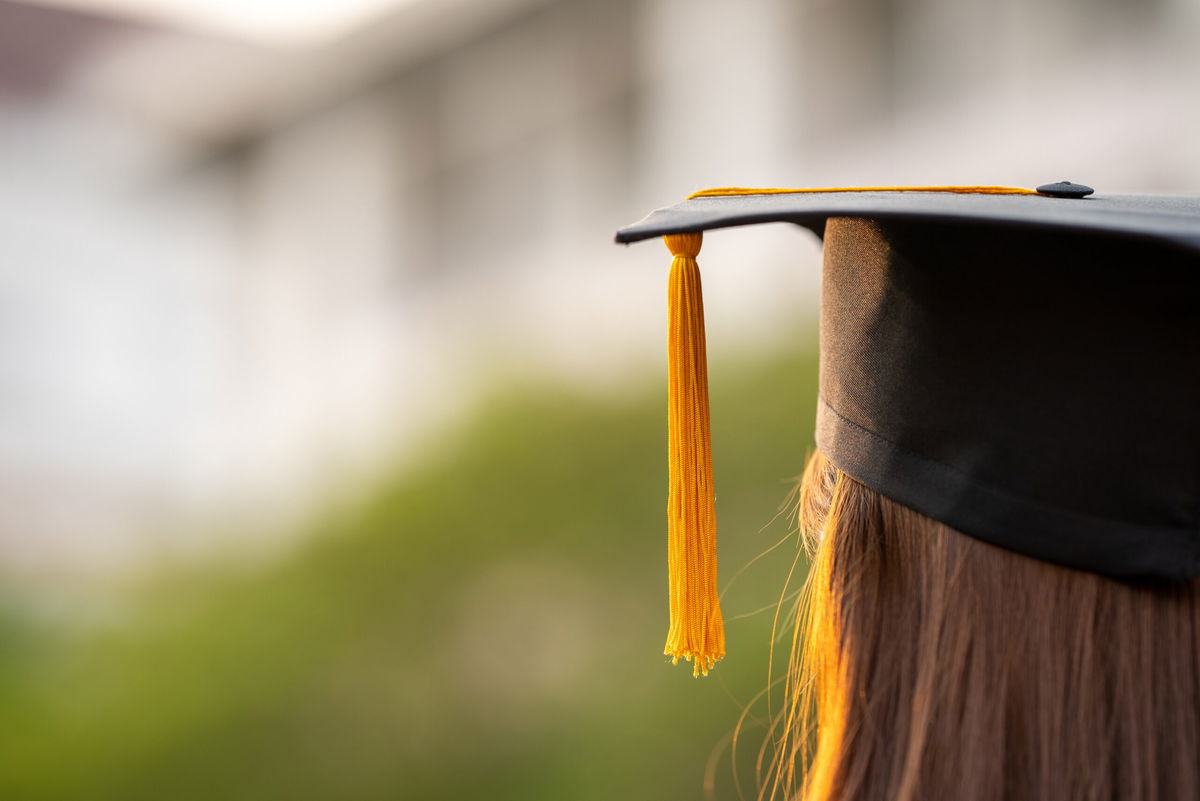Public Service Loan Forgiveness waiver ends October 31, but nonprofit and government workers can get a second chance at debt relief

A waiver that temporarily expands eligibility for the Public Service Loan Forgiveness Program will expire October 31
By Katie Lobosco, CNN
A waiver that temporarily expands eligibility for the Public Service Loan Forgiveness Program will expire October 31, but the Biden administration said Tuesday that it is taking steps to make it easier for qualifying borrowers to receive debt relief in the future.
Many Democrats have called on the Biden administration to extend the PSLF waiver, which targets public sector workers. More than 236,000 borrowers have been approved for over $14 billion in forgiveness over the past year thanks to the waiver, but more people were expected to qualify.
Instead of extending the waiver, the Biden administration is making some permanent changes to the program that will go into effect in July 2023. These moves are separate from President Joe Biden’s one-time student loan forgiveness plan, which will cancel up to $20,000 in student loans for low- and middle-income borrowers. That program is currently on hold while a federal appeals court considers a legal challenge to the program.
“Now, as we emerge from the pandemic and the waiver period ends, we’re focused on making this program work for the long haul,” Education Secretary Miguel Cardona said on a call with reporters Tuesday about PSLF.
The PSLF program cancels any remaining federal student loan debt for eligible government and nonprofit workers after they have made 120 qualifying monthly payments, which takes at least 10 years. The amount of student debt relief is not capped, so PSLF could offer a more generous benefit than Biden’s one-time forgiveness program to those who qualify. It’s possible that some borrowers will qualify for both relief programs.
But the PSLF program has been riddled with problems. Before Biden announced the temporary changes to the program, many borrowers reached 10 years of repayment believing they qualified for cancellation of their remaining debt, but instead found out that they had the wrong kind of loan or were making payments in the wrong kind of repayment plan. In 2019, the US Government Accountability Office found that about 99% of PSLF applications had been rejected.
The administration is still encouraging eligible borrowers to apply for the PSLF waiver before October 31 to receive debt relief. While many of the benefits of the waiver will exist after July 2023, borrowers who no longer work at a qualifying employer or who benefited from Teacher Loan Forgiveness, in particular, will still need to apply before October 31.
Permanent changes go into effect in July
The Department of Education will be officially changing some of the rules of the PSLF program through updated federal regulations, which are set to take effect in July.
The changes will allow borrowers to receive credit toward PSLF on payments that are made late, in installments or in a lump sum. Prior rules only counted a payment as eligible if it was made in full within 15 days of its due date.
Under the new rules, time spent in certain periods of deferment or forbearance will count toward PSLF. These periods include deferments for cancer treatment, military service, economic hardship and time served in AmeriCorps and the National Guard.
The new rules will also simplify the criteria to meet the requirement that a borrower be a full-time employee in a public sector job. The new standard will consider full-time employment at 30 hours a week. In particular, the change will help adjunct faculty at public colleges qualify for the program.
Under the revised regulations, borrowers will receive some credit for past payments when they consolidate older loans into federal Direct Loans in order to qualify for the program. Borrowers previously lost all progress toward forgiveness when they consolidated. After July, they will receive a weighted average of existing qualifying payments toward PSLF.
Automatic account updates start in November
The Biden administration also announced Tuesday that it will begin implementing a policy change announced in April related to recounts of payments and will automatically update some borrowers’ accounts.
The one-time updates will start in November and are expected to bring many borrowers — even those who are not public sector workers — closer to forgiveness.
Some borrowers will see their past payments recounted, fixing past errors in the count of payments toward forgiveness.
The one-time recount applies to borrowers who are enrolled in what’s known as the income-driven repayment program, or IDR. The program, which offers four types of repayment plans, allows borrowers to avoid loan default by lowering their monthly payments based on their income and family size. IDR also promises loan forgiveness after 20 to 25 years of payments are made, depending on the specific plan.
The recount may also result in additional credit toward PSLF if the borrower has certified qualifying employment. Borrowers must be enrolled in an IDR plan in order to qualify for PSLF.
For those borrowers who do not currently have a qualifying federal Direct Loan, they must apply for consolidation by May 1, 2023, to get the full benefits of the one-time account adjustment.
The-CNN-Wire
™ & © 2022 Cable News Network, Inc., a Warner Bros. Discovery Company. All rights reserved.